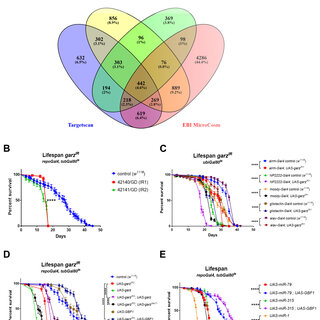April 2024
·
50 Reads
Epilepsy is a common neurological condition that arises from dysfunctional neuronal circuit control due to either acquired or innate disorders. Autophagy is an essential neuronal housekeeping mechanism, which causes severe proteotoxic stress when impaired. Autophagy impairment has been associated to epileptogenesis through a variety of molecular mechanisms. Vici Syndrome (VS) is the paradigmatic congenital autophagy disorder in humans due to recessive variants in the ectopic P-granules autophagy tethering factor 5 (EPG5) gene that is crucial for autophagosome-lysosome fusion and ultimately for effective autophagic clearance. VS is characterized by a wide range of neurodevelopmental, neurodegenerative, and neurological features, including epilepsy. Here, we used Drosophila melanogaster to study the importance of epg5 in development, ageing, and seizures. Our data indicate that proteotoxic stress due to impaired autophagic clearance and seizure-like behaviors correlate and are commonly regulated, suggesting that seizures occur as a direct consequence of proteotoxic stress and age-dependent neurodegenerative progression in epg5 Drosophila mutants, in the absence of evident neurodevelopmental abnormalities. We provide complementary evidence from EPG5-mutated patients demonstrating an epilepsy phenotype consistent with Drosophila predictions and propose autophagy stimulating diets as a feasible approach to control EPG5-related pharmacoresistant seizures.


























